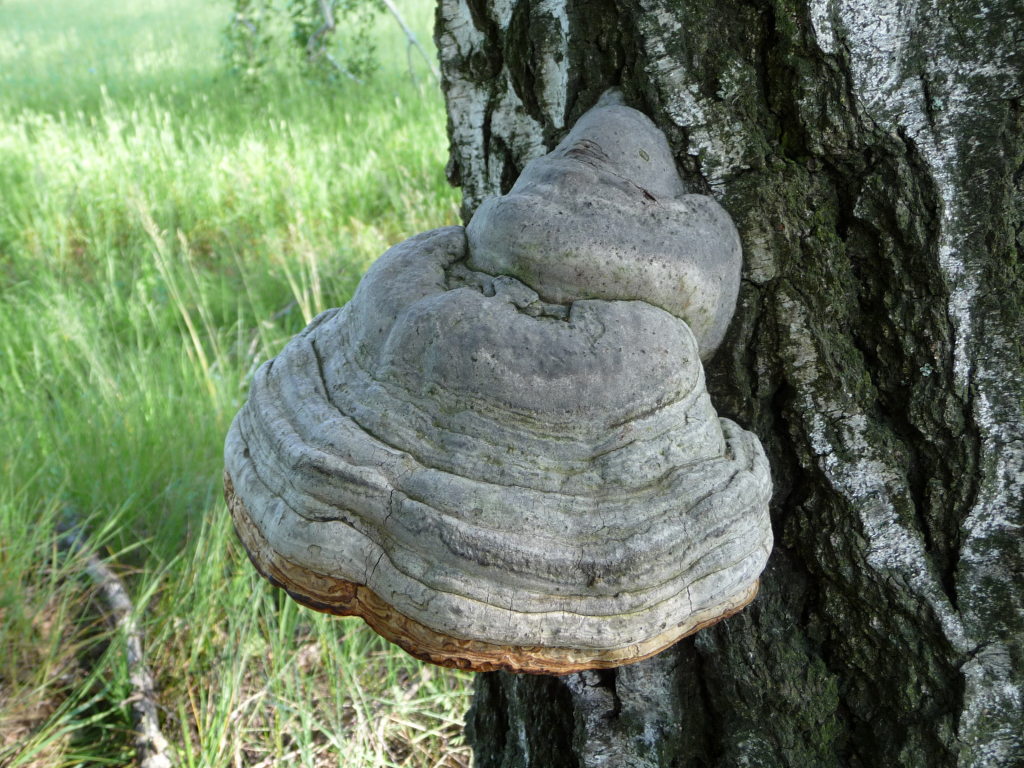When you think of Viking innovation, fire-starting probably isn’t the first thing that comes to mind. But for these legendary seafarers, mastering fire was just as critical as wielding a sword or navigating rough northern seas. One of their most resourceful inventions? Turning tree fungus and urine into a fire-starting material that could carry a spark for hours even across the freezing Atlantic.
This smoldering material, known as touchwood, wasn’t just a survival trick. It was a breakthrough that helped fuel Viking expansion, giving them the ability to start fires in some of the harshest environments on Earth.ư

A Fungus with a Fiery Secret
The heart of this ancient fire tool came from a fungus called Fomes fomentarius, or more commonly, horse hoof fungus named for its rounded, hoof-like shape. Found growing on decaying birch and beech trees across Europe, this fungus had been used in various cultures for medicinal and practical purposes. But the Vikings saw something more: its potential to preserve fire.

When dried and processed, the inner part of the fungus became soft, fibrous, and flammable. It didn’t catch fire like kindling it smoldered, slowly and steadily, making it perfect for carrying embers over long distances or across stormy seas.
Video:
Did You Know Vikings Used Urine to Start Fires
Why Urine? The Viking Chemical Advantage
As strange as it sounds, urine played a crucial role in transforming this humble fungus into a powerful fire-starting tool. When left to sit, urine naturally breaks down and produces ammonia and potassium nitrate (saltpeter) a chemical that enhances combustion.
The Vikings would soak pieces of the dried fungus in stale urine for several days or even weeks. After the soaking process, they would remove the fungus, dry it again thoroughly, and pound it into a soft, felt-like material. What they were left with was a smoldering pad that could hold a glowing ember for hours without bursting into flames.
In other words, they had created one of the first portable fire carriers in history entirely from organic materials and waste.

Why This Mattered: Fire = Survival
Imagine you’re a Viking on a wooden longship in the North Atlantic, surrounded by freezing waves and icy wind. You can’t light a fire on board, but you’ll need one the moment you land. Matches and lighters don’t exist. Keeping a flame alive during the journey is your only hope.
Video:
Vikings Used Pee to Start Fires?! | Ancient Survival Hack
That’s where the urine-soaked touchwood came in. It allowed the Vikings to carry fire with them a slow-burning ember wrapped in leather or cloth, protected from the elements. Once they reached shore, all they needed was a bit of kindling and breath, and fire was reborn.
This ability was essential not only for warmth and cooking but for making tools, hardening weapons, boiling water, and warding off predators. It helped them explore, raid, settle, and survive wherever the seas took them.
A Forgotten Ingenuity with Timeless Lessons
Today, the idea of using fungus and urine to start fires might sound more like a survivalist challenge than a common practice. But in truth, it’s a testament to human ingenuity and a reminder of how ancient people made the most out of what they had.
The Vikings didn’t just conquer through strength they adapted, they experimented, and they learned from nature. Their fire-starting method, while primitive on the surface, reflects a deep understanding of chemistry, resourcefulness, and resilience.
So next time you strike a lighter or flick a match, remember: once upon a time, a mix of fungus and fermented urine helped light the way for one of history’s most fearless civilizations.



